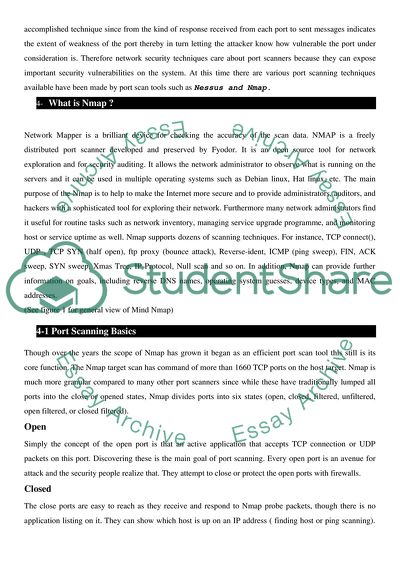Cite this document
(Network Scanning Over the World Case Study Example | Topics and Well Written Essays - 2289 words, n.d.)
Network Scanning Over the World Case Study Example | Topics and Well Written Essays - 2289 words. Retrieved from https://studentshare.org/technology/1730201-report-2
Network Scanning Over the World Case Study Example | Topics and Well Written Essays - 2289 words. Retrieved from https://studentshare.org/technology/1730201-report-2
(Network Scanning Over the World Case Study Example | Topics and Well Written Essays - 2289 Words)
Network Scanning Over the World Case Study Example | Topics and Well Written Essays - 2289 Words. https://studentshare.org/technology/1730201-report-2.
Network Scanning Over the World Case Study Example | Topics and Well Written Essays - 2289 Words. https://studentshare.org/technology/1730201-report-2.
“Network Scanning Over the World Case Study Example | Topics and Well Written Essays - 2289 Words”, n.d. https://studentshare.org/technology/1730201-report-2.


